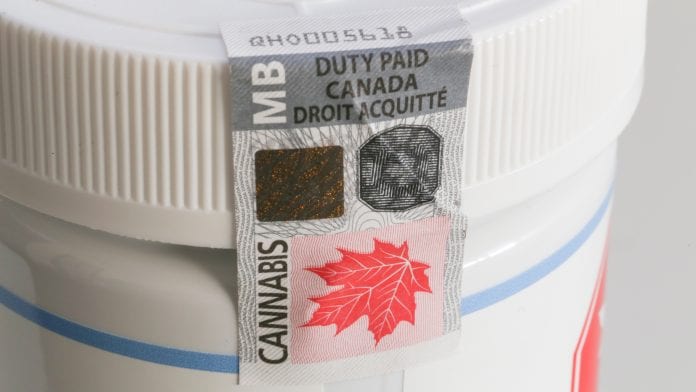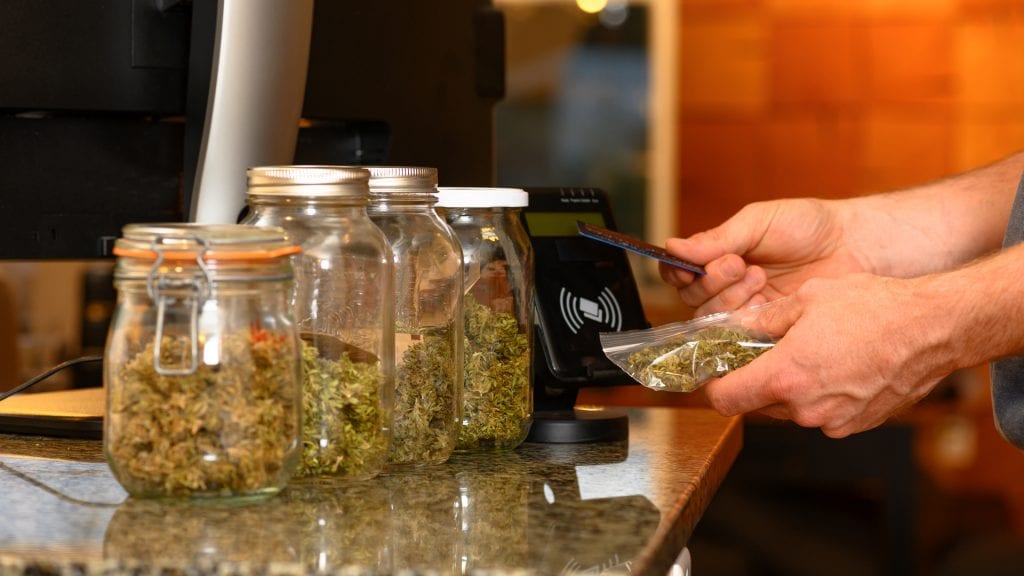
MCN speaks with Cannabis Council of Canada President George Smitherman about the cannabis landscape and policy in Canada.
Canadian cannabis policy and governance are some of the most progressive in the world; and the country’s legalisation of medical, adult use and derivative forms of cannabis have contributed to a healthy, growing cannabis market. Sales topped $2bn across 2020, with further growth expected this year; while the market for illicit products has been steadily shrinking since 2019.
Within this Canadian cannabis landscape, industry body the Cannabis Council of Canada aims to provide a national voice for its Health Canada-accredited members in promoting exemplary industry standards; supporting the growth and development of the regulated cannabis space throughout Canada; and act as a key resource on cannabis-related commercial and legislative issues. MCN speaks with George Smitherman, President and CEO of the Cannabis Council of Canada, about the impact of COVID-19, regulatory reform and the future of cannabis cultivation in Canada.
What is the role of the Cannabis Council of Canada in the wider Canadian cannabis sector?
The Council is the national industry association for producers and cultivators of cannabis who are licensed under the Cannabis Act. Our efforts are primarily focused on lobbying the national government on behalf of the industry.
How has the 2019 implementation of Cannabis 2.0, which legalised cannabis ‘derivatives’ including edibles, vapes and topicals, affected the Canadian cannabis landscape? Has COVID-19 had a substantial impact?
The $2bn product rollout continues apace; and the consumer is now offered a bevy of selections. Refinement in 2.0 products continues: because it is a relatively nascent field, it is one in which continuous improvement with respect to the quality of the product is possible. We are seeing plentiful consumer choice in a variety of 2.0 categories.
Because the Canadian retail landscape is not yet wholly mature, there are still many new store openings occurring – and that has continued throughout the pandemic. In Ontario, which is the most populous province in Canada and which was the country’s most delayed retail market to emerge in terms of cannabis, new stores have been opening rapidly. The data for every month up to November 2020 has shown quite significant increases in the dollar value of recreational cannabis sold in Canada. It is noteworthy that those dollar increases have occurred at the same time as significant price degradation in many dry flower categories; so the total dollar increases we are seeing point to even higher increases in product sales by volume, because of those significant price declines.
What we have seen is quite a significant trend towards sales in the larger formats, with pricing discounts for higher volumes; these products are targeted more towards the legacy cannabis consumer (users who purchased and consumed cannabis before its legalisation in Canada). These larger formats, in amounts such as 28g, have taken a significant share of the marketplace at a quite a significant reduction in price. There is a great deal of price competitiveness within legacy markets, so products targeted primarily towards legacy users are an important feature in continuing to grow market share.
What are the key challenges currently facing cannabis users and producers in Canada? Has the disconnect between federal and provincial regulations been an issue?
Legal cannabis is a complex landscape for a variety of reasons. The phenomenon which I just mentioned, wherein large volumes of cannabis are being sold at a substantial reduction in price, is significantly constraining margins for producers; and the reality of the regulated market is that licensees have very considerable capital and operational expenditures pre-revenue. It is a very difficult business model: notwithstanding that it is a growing market, it is also an intensely competitive market here. The national regulator, Health Canada, has licensed hundreds of different growers – and is continuing to issue new licences to produce or cultivate cannabis, in spite of the evidence that we have excess production capability – so the competitive conditions are intense and the conditions for the consumer are very interesting, because in many markets they now have a very wide array of products to choose from.
There are certain disconnects between federal and provincial legislation: the national government delegated a significant portion of cannabis legislation relating to distribution and retail to the provincial level. The Canadian provinces have already implemented very different levels of regulation on, for instance, the distribution of alcohol; and within those provinces, their alcohol regulations commonly inform or influence the model that they wish to have with respect to cannabis retail. This has meant that there are very divergent regulatory models across Canada: in the province of Quebec, which is our second most populous province, only the government is selling cannabis; whereas in Ontario, the neighbouring province to the West, they began with a model of government supply, but then the ruling political party changed and they now operate primarily with a private delivery model. There is not just a regulatory disconnect between the national and the provincial levels, but even between the provinces there are different approaches – and this is definitely an operational complexity for cannabis producers.

What can be done to encourage sustainability in the cannabis industry?
The industry could certainly do better with regards to a variety of sustainability measures; but we are better placed to shape that for ourselves, rather than through any external influence. The Cannabis Council of Canada has recently taken steps as an association to create an environment which brings together the various verticals of the industry in order to be able to proactively tackle sustainability solutions. We have sustainability issues to address in the contexts of recycling, packaging waste and sustainable agricultural growing practices; and we have broader sustainability issues to address with respect to the culture of governance within the industry as a whole.
A number of those sustainability stewardship initiatives which are already in place were initially implemented at the provincial level. If we are not proactive in defining a high standard for our industry from province to province, we run the risk of having a federal standard imposed on us by law, which would make it difficult to operate, because regulations vary by province. The more that we can do to have alignment in policy across those provinces, the better it will be for the industry – and the more savings we will be able to pass on to consumers.
Some of our biggest sustainability challenges stem from the regulations which are imposed on us by Health Canada related to packaging requirements – child-resistant packaging, which is mandated by law for legal cannabis products, is not easily compatible with the ecological aim to reduce packaging, for example. These are complicated issues, but they are issues on which our industry is going to spend a considerable amount of time. We have been looking at standards which are emerging and being discussed globally; and we have been in contact with a number of the more mature cannabis markets in regions of the US, such as Colorado, where we have been able to learn some useful lessons on sustainability. For example, Colorado has recently adopted changes within its state legislature which will allow for more sustainable destruction of leftover hemp stalk: when the regulation was first written, its initial aim was solely to prevent plant matter which might contain THC from getting into the wrong hands; but the state has now been able to develop regulation offering a more sustainable array of solutions for the destruction of materials left over from the growing process.
Are there still areas in which law or policy need to be further updated?
One area with which the industry remains particularly concerned is the restrictive nature of the prohibition on communication with our customers. In Canada, cannabis packaging and labelling must significantly restrict the space given to branding. Packaging must convey a certain amount of information focusing on the THC and CBD content of the product; and we are substantially restricted from conveying any other characteristics associated with the product, such as its effects or the targeted benefits of a particular strain. This has inadvertently created a public health phenomenon in Canada, whereby a significant amount of the cannabis being sold is differentiated entirely by its strength or THC content; and many consumers are shaping their purchasing decisions based on what is the strongest and the cheapest variety, which is not a good public health outcome. That is something that we are currently working on very vigorously with our national regulator.
George Smitherman
President and CEO
Cannabis Council of Canada
https://cannabis-council.ca/
This article is from issue 16 of Health Europa. Click here to get your free subscription today.







